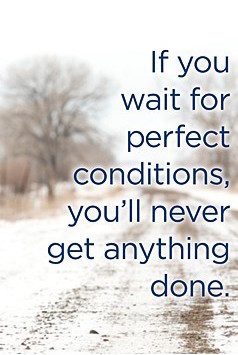 Winter training can be tough. It’s dark, cold, and icy. Some Winters are easier than others. Last Winter was a real doozy, and this Winter is shaping up to be pretty darn challenging too. As a coach, I am constantly checking the forecast. I keep hoping I’ll see a week where we break out of the single digits or teens for the low, but week after week my hopes are crushed. I keep thinking we need to have a “warm spell” here sometime soon where we stay above freezing or at least around freezing for a week. No luck. And add the wind chill to some days, and it’s enough to feel completely defeated.
Winter training can be tough. It’s dark, cold, and icy. Some Winters are easier than others. Last Winter was a real doozy, and this Winter is shaping up to be pretty darn challenging too. As a coach, I am constantly checking the forecast. I keep hoping I’ll see a week where we break out of the single digits or teens for the low, but week after week my hopes are crushed. I keep thinking we need to have a “warm spell” here sometime soon where we stay above freezing or at least around freezing for a week. No luck. And add the wind chill to some days, and it’s enough to feel completely defeated.
Runners, I hear you. At times I’ll say “suck it up.” After all, I didn’t force any of you to sign up for a Spring Marathon, or to set training goals during the Winter. If you want it, you need to work for it. However, I also can totally sympathize. When it is truly painful to be out there day after day, it’s easy to lose focus. Especially if you are battling icy conditions and constantly moving your training to accommodate the most recent storm.
So what can you do? I have a few tips that may help you power through the next few weeks. And hopefully at some point we’ll get a break.
- You cannot change the weather, so don’t fight it. If you can move your training around bad weather, do so. If you cannot, get creative.
- Running in extreme cold, snow and ice can actually be fun – as long as you are safe and keep your time out there to a minimum. In ice or snow, wear YakTrax and/or be careful. Abandon any pace goals and simply enjoy your run. In extreme cold, be mindful of how long you are out there and if body parts go numb or become painful.
- Take your training inside. Perhaps you can swap out a run for a cross training day, or run intervals on a treadmill.
- Avoid routes that are not cleared. In Winter conditions, some side walks, roads and running paths are commonly cleared, while others are last priority.
- Be aware of wind chill, and stay away from large bodies of water or exposed routes. Protected routes from the wind will be warmer than routes out in the open or along rivers.
- If you schedule allows it, run at the warmest time of the day. Even if it’s bitter cold, some sunshine can lighten your spirits and make it easier to see any ice ahead.
- Refuel with something warm. I’m a fan of hot chocolate, or hot tea with a snack. Drinking cold water will only make you feel colder.
- Avoid cotton at all cost. I’m am totally a fan of being a runner on a budget, but running in cotton during Winter is a major n0-no.
- Get out of wet running gear and into something warm and dry or a hot shower ASAP.
- Make your cold miles more enjoyable by running with a buddy or listening to music. You probably know other dedicated Winter warriors.
- Don’t panic if your training gets slightly sidelined. If you need to swap in a rest day or cross training day for your “easy” runs, it’s not a huge deal. Focus on accomplishing your “quality runs” and consider that a success.
- Remind yourself that at some point, weather will improve. Take it a day or a week at a time. Try not to despair because April seems so far away.
- The odds are that other runners are struggling too. You are not alone. But the ones with big goals are digging deep and getting their miles done – one way or another. When you line up next to them for your race, they will have the edge. Either accept your modified training, or dig deep and be that person on the starting line with the edge.






